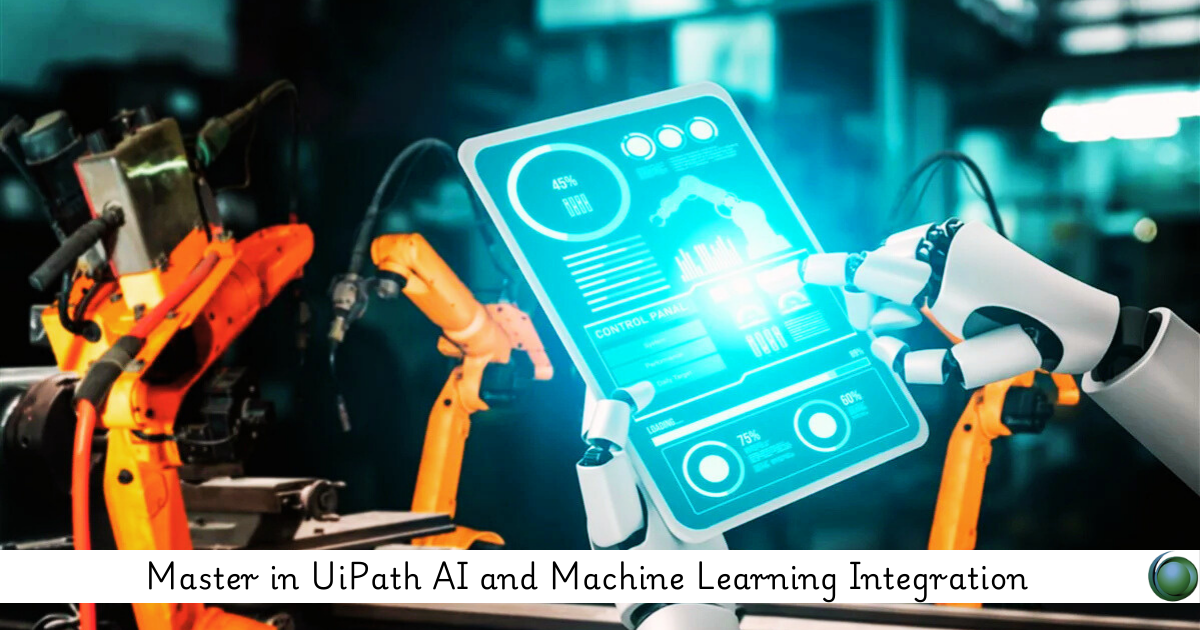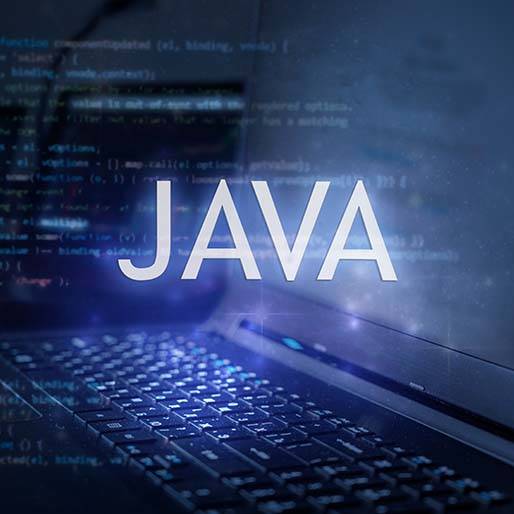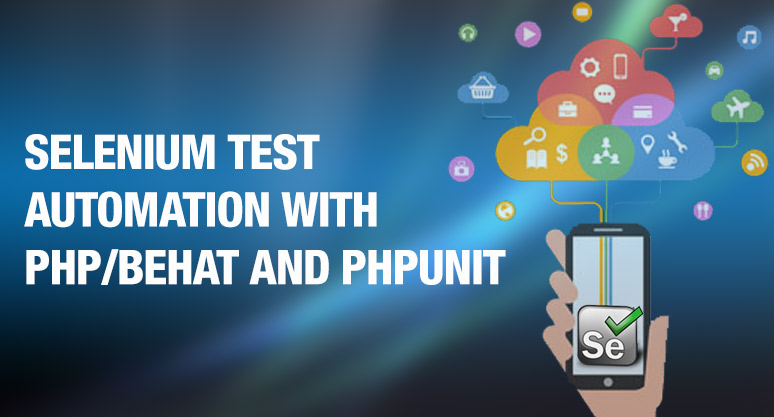Description
Introduction
UiPath’s AI and machine learning (ML) capabilities enable businesses to automate complex, cognitive tasks beyond simple rule-based processes. UiPath AI and Machine Learning this course explores how to integrate AI and ML models into UiPath workflows, providing a foundation for automating decision-making, document processing, sentiment analysis, and other data-driven tasks. By leveraging UiPath’s AI Fabric and third-party AI services, you’ll unlock new possibilities in intelligent automation.
Prerequisites for UiPath AI and Machine Learning
- Basic Experience with UiPath Studio and Orchestrator
- Familiarity with RPA Concepts and Workflows
- Knowledge of AI/ML Concepts (Optional)
- Access to UiPath AI Center (Cloud or On-Premises)
- Python or ML Model Development Skills (Optional)
Table of Contents
- Introduction to AI and ML in UiPath
1.1 Overview of Cognitive Automation
1.2 Use Cases for AI-Enabled RPA
1.3 Key Components: AI Center and AI Fabric - Setting Up AI Models in UiPath
2.1 Connecting AI Center with Orchestrator
2.2 Importing Pre-Trained Models and Custom Models
2.3 Training and Managing ML Models in AI Center(Ref: Machine Learning with Java Applications in Netbeans with Weka) - Using AI for Document Understanding
3.1 Overview of UiPath Document Understanding Framework
3.2 Automating Invoice and Receipt Processing
3.3 Fine-Tuning Models for Custom Document Types - Integrating AI Services with Workflows
4.1 Using AI Fabric Activities in UiPath Studio
4.2 NLP Integration for Sentiment Analysis and Text Classification
4.3 Image and Object Recognition in RPA Workflows - Building Custom ML Models for UiPath
5.1 Developing Python Models for RPA Applications
5.2 Deploying Models to AI Fabric
5.3 Retraining Models Based on Feedback Loops - Monitoring AI Model Performance and Results
6.1 Evaluating Model Accuracy and Metrics
6.2 Managing AI Drift and Version Control
6.3 Logging and Auditing Predictions - AI and ML Best Practices for Automation
7.1 Ensuring Data Privacy and Security in AI Workflows
7.2 Managing Model Bias and Compliance Requirements
7.3 Combining RPA with AI for End-to-End Automation(Ref: UiPath Orchestrator: Managing and Monitoring Robot) - Future of AI-Driven RPA
8.1 Emerging Trends: Generative AI and Large Language Models (LLMs)
8.2 Integrating RPA with IoT and Edge AI
8.3 Expanding Automation with Hyper automation Strategies
Conclusion
This course equips you with the skills to integrate AI and ML models into UiPath automation workflows. With hands-on expertise in cognitive automation, document understanding, and custom AI models, you’ll enhance your ability to automate complex tasks. As AI continues to evolve, mastering these tools will position you at the forefront of intelligent automation, unlocking new efficiencies and innovation in business processes.







Reviews
There are no reviews yet.